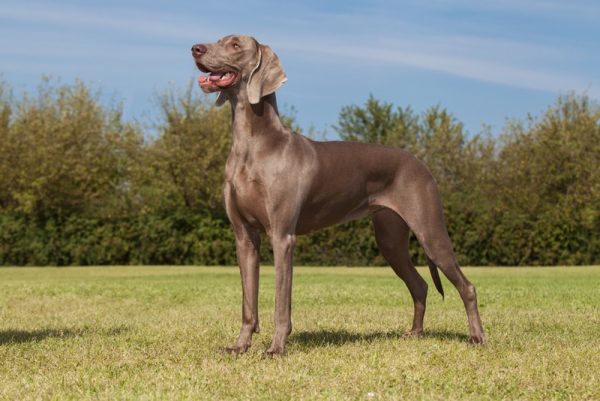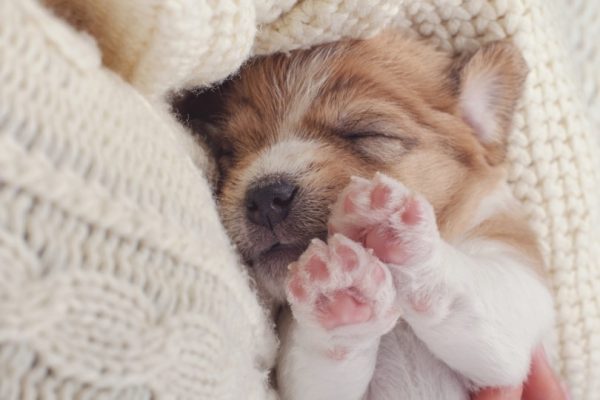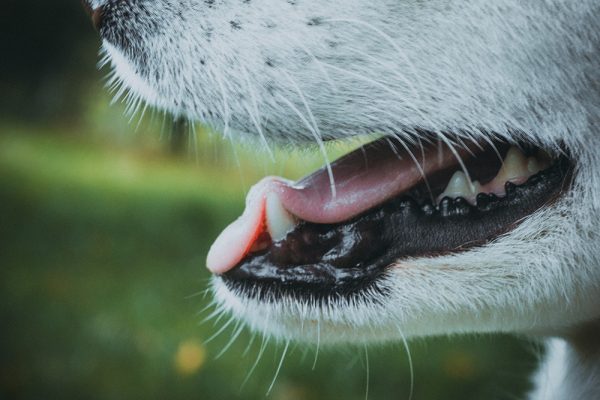If there’s one skill that is truly essential for your new puppy to master, it’s toilet training. Accidents can happen with puppies, but living with a dog that regularly uses the bathroom inside is frustrating and less than sanitary. That doesn’t make toilet training easy, though.
King Charles Cavalier Spaniels can be especially tricky to train because many are slower to develop bladder control than other dogs. Therefore, consistency and patience are vital when training them. The good news is that King Charles Cavalier Spaniels are generally clever and eager to please, so once they understand what you want, they’ll learn quickly.
Here’s a quick guide on potty training your Spaniel puppy.

The 6 Steps for Potty Training a King Charles Cavalier Spaniel
1. Start Where Your Puppy Is
The most critical skill when training a King Charles Cavalier is knowing what your dog is ready for. Because they don’t have much self-control early on, no amount of training can make them hold for longer than they’re ready.
During the day, you should be letting your puppy out frequently, including when you wake up, after every meal, and every 1–2 hours throughout the day, depending on your puppy’s needs. This can be arduous, but it’s important because it helps your puppy learn that indoor bathroom breaks aren’t acceptable. Over time, your puppy will develop more control and be able to stay inside for longer.
You’ll also want to familiarize yourself with your puppy’s body language. Many dogs have behaviors they show when they need to relieve themselves, such as whining, pacing, squatting, or sniffing around. Be ready to let your puppy out whenever you suspect they need to use the bathroom.

2. Be Consistent
Even though you should be responsive to your dog’s needs, a consistent schedule will also help your dog. Try to let your dog out at the same times each day, especially after meals and before and after they sleep. Even if your dog doesn’t need to go, you’re teaching them that outdoor bathroom breaks should follow a routine.
You can also be consistent in other aspects of your routine, including where you take your dog for bathroom breaks. Some dogs quickly learn that the outside is a fine place to go to the bathroom and indoor areas are off-limits, but others will learn faster if they are brought to the same area every time.
3. Consider Crate Confining
Dogs like to keep their sleeping space and toilet area separate, so an appropriately sized crate can be vital in helping your Spaniel practice self-control and avoid accidents. Putting your dog in a crate when you can’t supervise will help them naturally want to avoid an accident. If your dog still pees in the crate, it’s possible that you need to take them out more frequently or that the crate is too large.

4. Use Positive Reinforcement
King Charles Cavalier Spaniels are gentle, sensitive dogs who care a lot about their owner’s feelings. Anger and punishments are likely to add stress that will make a potty problem worse. On the other hand, praise and treats for successfully using the restroom outside are huge motivators!
Once your dog is consistent, the treats and praise will be less critical, but during the training phase, they will be very helpful. Reach out to a veterinarian to get some useful pointers on how to approach positive reinforcement correctly.
If you need to speak with a vet but can't get to one, head over to PangoVet. It's our online service where you can talk to a vet online and get the advice you need for your pet — all at an affordable price!

5. Don’t Inadvertently Punish Good Behavior
One mistake many new owners make is inadvertently punishing good behavior by focusing all their attention on their puppy before they use the bathroom. They might encourage and fuss over a puppy when they know they’re close to peeing and then ignore them once the bathroom break is over.
Some owners also take their puppies outdoors and play with or walk them until they pee and then return inside. If your attention ends shortly after your puppy goes potty, they might miss the point of your training and set you back.

6. Be Patient
The last and most important aspect to remember is to be patient. Housebreaking a puppy takes time, and some are slower than others. Even if you do everything right, it may take a few months for the training to sink in and for your Spaniel to learn enough self-control to avoid accidents at all times. In the meantime, consistency and patience are the keys to success, and it is important not to give up too soon.

In Summary
It can be hard to train a puppy! King Charles Cavalier Spaniels are loving and easy to care for, but they have their weaknesses, and housebreaking is one of them. You aren’t alone if you have difficulty training your puppy out of peeing in the house. The good news is that potty training is relatively simple, even if it isn’t always fast. Before long, you’ll have a happy, well-adjusted dog with no potty troubles at all.
Featured Image Credit: BJkenel, Shutterstock



















